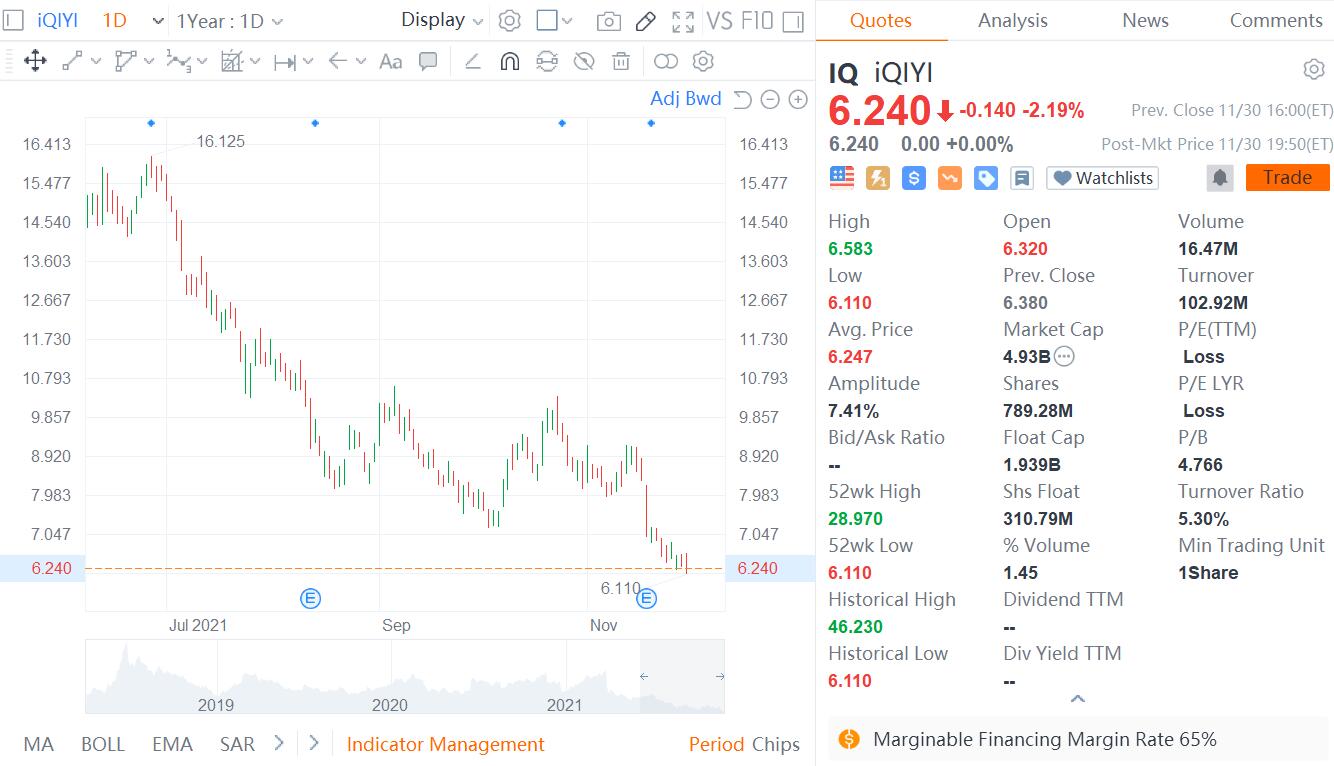
A team in the United States has identified a group of human proteins which is used by the Hepatitis B virus (HBV) to permanently survive in liver cells. The findings may provide a new therapeutic direction for the treatment of chronic hepatitis B virus infection.
The researchers came from Princeton University, and the results were published in the journal Nature-Microbiology.
Chronic hepatitis B virus infection is a disease that increases the risk of liver cancer. More than 250 million people are chronically infected with hepatitis B virus, which causes nearly 900,000 deaths worldwide each year, but there is currently no way to completely cure patients infected with hepatitis B virus. .
When the hepatitis B virus first entered the host's hepatocytes, its DNA genome contained gaps and other defects that needed to be repaired before the virus could establish a permanent infection.
To do this, the hepatitis B virus must rely on the host cell's DNA repair mechanism, but what exactly the virus needs for this mechanism has been a mystery for decades.
To determine what is needed to repair the hepatitis B virus DNA, Alexander Ploss, associate professor of molecular biology at Princeton University, and postdoctoral researcher Lei Wei recreated the process in a test tube.
Researchers tested dozens of DNA repair factors and found that a set of five factors purified from cells in human cells was enough to complete the repair process.
Removal of any of these five factors did not complete the repair process successfully, suggesting that targeting any of these five factors may prevent hepatitis B virus infection.
One of the important repair factors is an enzyme called DNA polymerase delta, which is inhibited by a drug called aphidicolin.
Researchers have found that afadimycin treatment not only prevents the repair of hepatitis B virus DNA in test tubes, but also has the same effect in virus-infected liver cells.
In the next step, the researchers hope to further study to reveal how these five repair factors work together to repair the hepatitis B virus genome. This may help provide new directions for the treatment of chronic hepatitis B virus infection.









